
we returned to Bishop's rock this morning (with permission) to get a better picture of this strangely quiet and isolated part of the Tamar valley



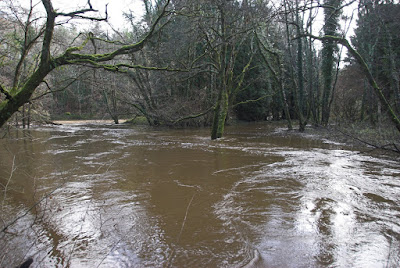


 and still it rains, the ewes must be soaked. Dartmoor is on the far horizon, Hingston Down to the right.
and still it rains, the ewes must be soaked. Dartmoor is on the far horizon, Hingston Down to the right.

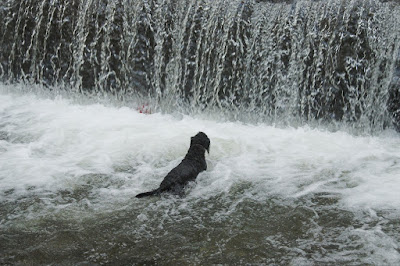


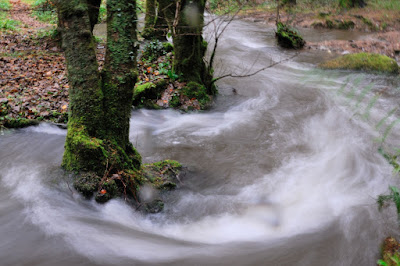 much more rain on the saturated ground and it will flood. Very strong winds blowing today, the English hurricane season has started.
much more rain on the saturated ground and it will flood. Very strong winds blowing today, the English hurricane season has started.
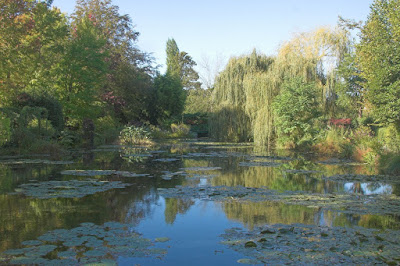






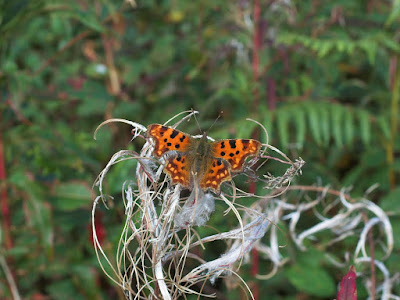 and a late comma, with very pretty markings on the border of its wings. This is the second generation, and usually they are darker. I thought this specimen was lighter but when I checked for earlier images it is actually darker which may be why the markings on the edge of the wing show up more clearly.
and a late comma, with very pretty markings on the border of its wings. This is the second generation, and usually they are darker. I thought this specimen was lighter but when I checked for earlier images it is actually darker which may be why the markings on the edge of the wing show up more clearly.



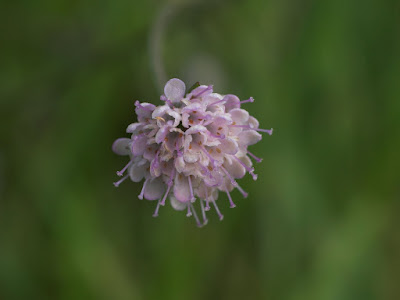
 himalayan balsam spreads its seeds by exploding the seed pod when it is touched. The fragment is the remnant of the coiled spring after it has released the seed pod. Great fun, but very invasive.
himalayan balsam spreads its seeds by exploding the seed pod when it is touched. The fragment is the remnant of the coiled spring after it has released the seed pod. Great fun, but very invasive.


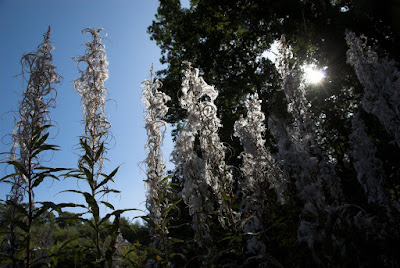





 this odd looking creation is a female scorpion fly (Panorpa communis), lacking the scorpion like tail of the male, but looking like a horse from the Andromeda galaxy. Its habits are fascinating (see link). This one was clearly inebriated and was unable to stay upright on the leaf. I suspect it had been at fermented fruit juice. They are primitive insects and may have given rise to all other flying insects.
this odd looking creation is a female scorpion fly (Panorpa communis), lacking the scorpion like tail of the male, but looking like a horse from the Andromeda galaxy. Its habits are fascinating (see link). This one was clearly inebriated and was unable to stay upright on the leaf. I suspect it had been at fermented fruit juice. They are primitive insects and may have given rise to all other flying insects.


